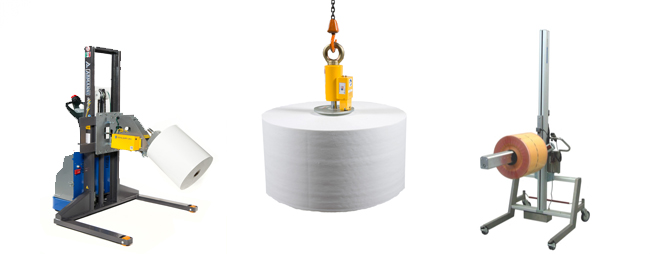Did you know that The National Institute for Occupational Safety and Health (NIOSH) has a lifting equation for calculating a recommended weight limit for one person under different conditions?
The lifting equation establishes a maximum load of 51 pounds, which is then adjusted to account for how often you are lifting, twisting of your back during lifting, the vertical distance the load is lifted, the distance of the load from your body, the distance you move while lifting the load, and how easy it is to hold onto the load.
The mathematical model is incorporated in the Applications Manual for the Revised NIOSH Lifting Equation, which can be found on the NIOSH website (http://www.cdc.gov/niosh/docs/94-110/). It should be noted, however, that this NIOSH document provides only voluntary guidelines.
The difficulty with assessing risks associated with lifting is that weight alone does not determine the risk of a back injury. Other factors include:
- How often you are lifting something.
- Whether you bend or twist while lifting.
- How high an object is lifted.
- Where the origin of the lift occurs; specifically, whether it is below knuckle height.
- Whether you hold the object away from you while lifting.
- How long you lift or hold the object.
R&D Ergo Ltd. provides several ergonomic solutions to prevent employee injuries such as roll handling, drum handling, vacuum lifting, lift tables and custom solutions.
For a step-by-step guide to using the NIOSH Lifting Equation for single tasks, check out this Ergonomics’ Plus blog.


